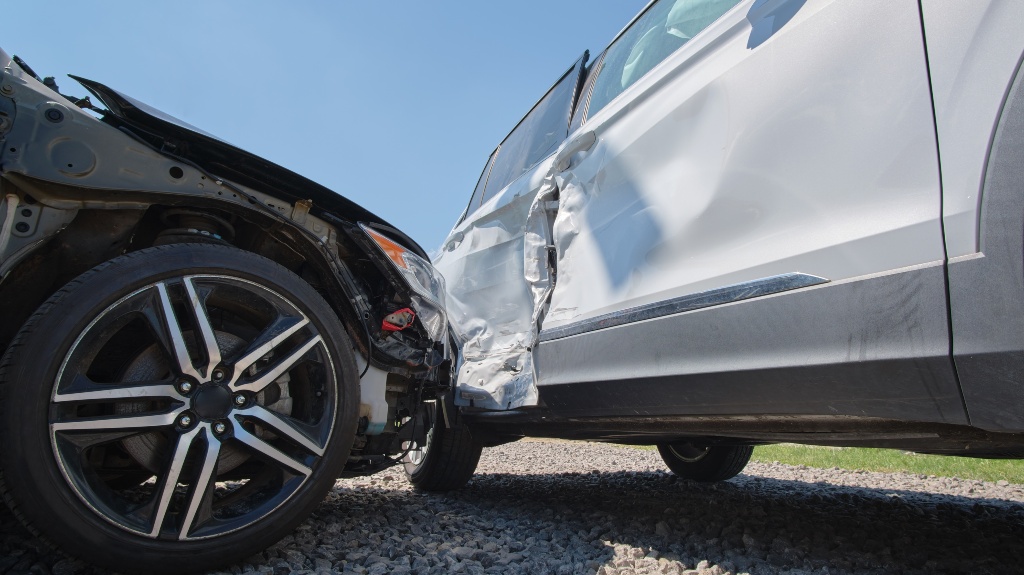
When you get into a car accident in Pennsylvania that you may bear some fault for causing, having experienced legal counsel on your side can help you navigate the complexities that may arise in your car accident claim. For example, allegations that you share some of the fault for the car crash may trigger the application of Pennsylvania’s comparative negligence rule.
What Is Comparative Negligence?
The doctrine of comparative negligence eliminates the traditional rule that automatically bars an accident victim from pursuing legal action if they bore any share of fault for the accident. Under comparative negligence, an injured accident victim may still have the right to seek compensation even if they partially caused the accident that injured them. However, the comparative negligence rule reduces an accident victim’s compensation in proportion to their share of fault.
States that have adopted the doctrine of comparative negligence use two types of systems: pure and modified comparative negligence. The pure comparative negligence rule allows a partially at-fault accident victim to pursue a claim no matter their share of fault. Modified comparative negligence systems cap the share of fault an accident victim may have and still file an injury claim.
Pennsylvania’s Comparative Negligence Rule
Pennsylvania uses a modified comparative negligence rule. Under Pennsylvania’s rule, an accident victim who bears more than 50 percent fault for an accident cannot pursue an accident claim; accident victims equally or less at fault for an accident do have the right to seek compensation for their injuries. Pennsylvania’s comparative negligence rule can also reduce the compensation recovered by a partially at-fault accident victim. For example, suppose a car accident victim incurs $100,000 in losses from an accident, but the jury finds them 30 percent at fault for the accident. In that case, Pennsylvania’s rule may reduce the accident victim’s compensation award by $30,000 to reflect their share of fault for the accident.
How to Determine Fault After a Car Accident
When a defendant in a car accident case raises the plaintiff’s comparative negligence as a defense, determining fault will become a critical issue. Insurance companies and courts will use various kinds of evidence from a car accident to determine what caused the crash and the share of fault each party may bear for the accident. Examples of evidence used to determine fault in car accident claims include:
- Accident scene photos/videos
- Police crash reports
- Dashcam footage
- Traffic/surveillance camera footage
- Witness statements
- Vehicle maintenance records
- Car inspection/repair records
- Vehicle event data recorder logs
- GPS logs
- Cell phone records and metadata
- Accident reconstruction or automotive engineering expert reports and testimony
Why Comparative Negligence Matters in a Car Accident Case

Comparative negligence can become an issue in your car accident case if the other driver involved in the accident claims that you committed some illegal or careless act that contributed to the accident, such as speeding or failing to signal. If an insurance company or jury finds you partially at fault for the accident, you may receive reduced financial recovery in your car accident claim. As a result, you may need knowledgeable legal counsel who will thoroughly investigate the crash to recover evidence that refutes claims of negligence against you that may affect or jeopardize your right to compensation for your injuries and losses.
Contact a Car Accident Lawyer Today
After getting hurt in a car crash in Pennsylvania, you need experienced legal advocacy to defend your rights and interests. Contact Jason Javie Law Office today for a free, no-obligation consultation with a seasoned car accident attorney to discuss your options for seeking financial compensation for your injuries and losses.
